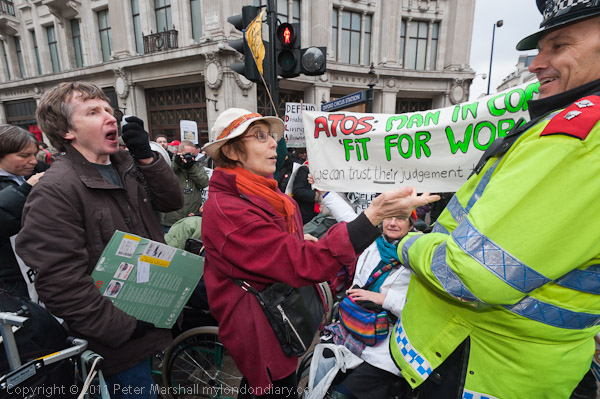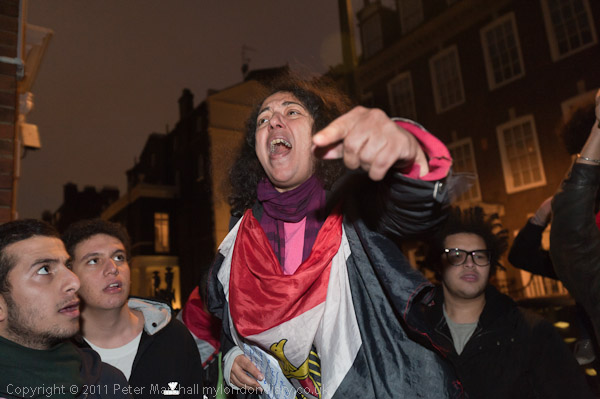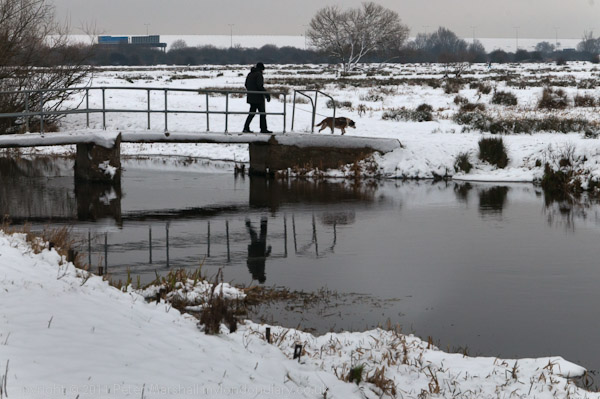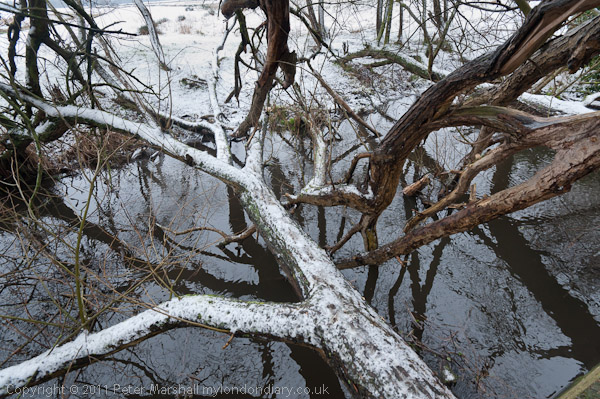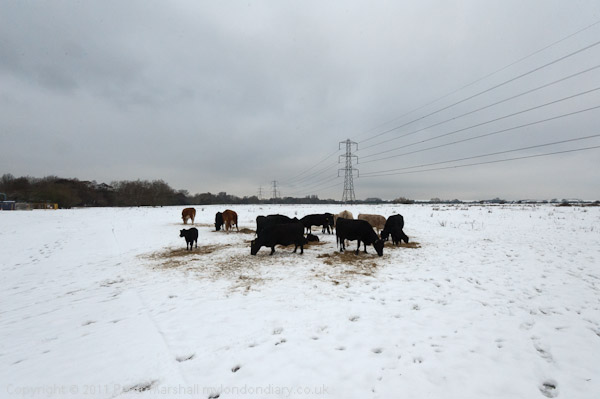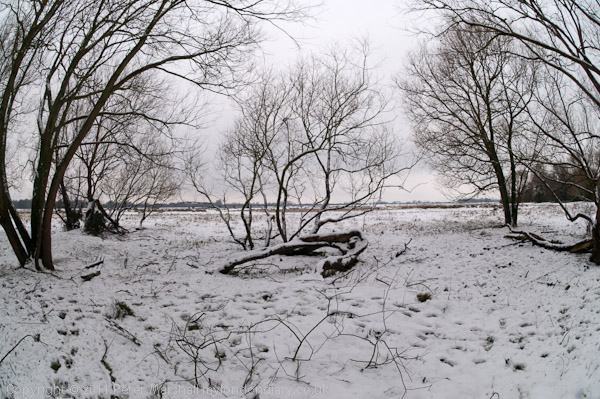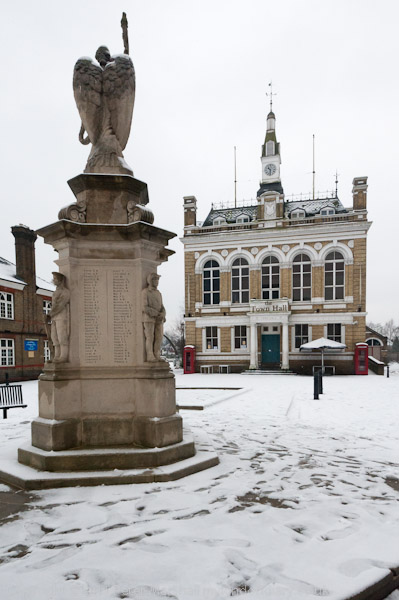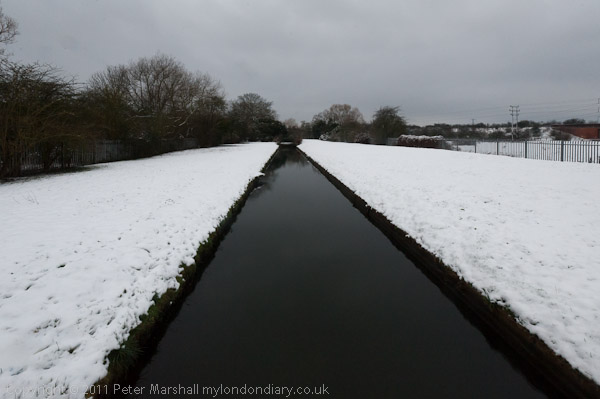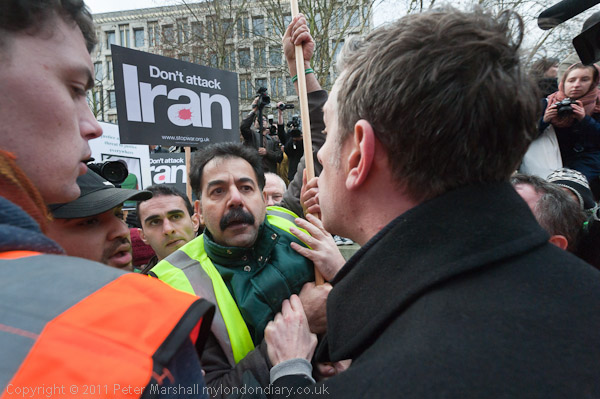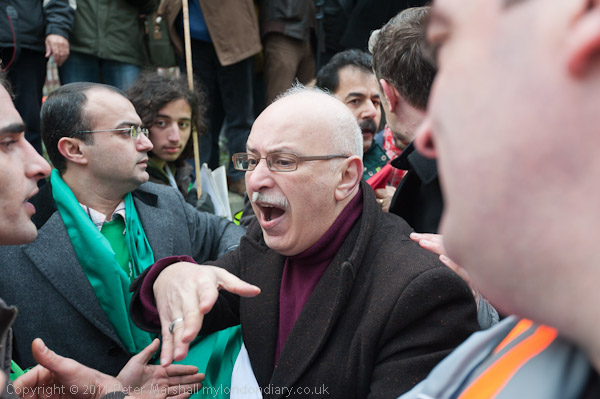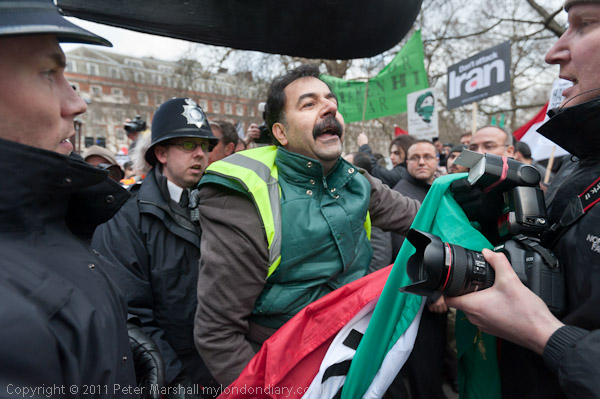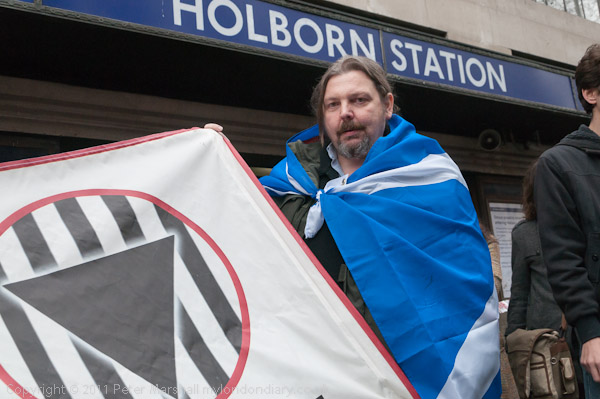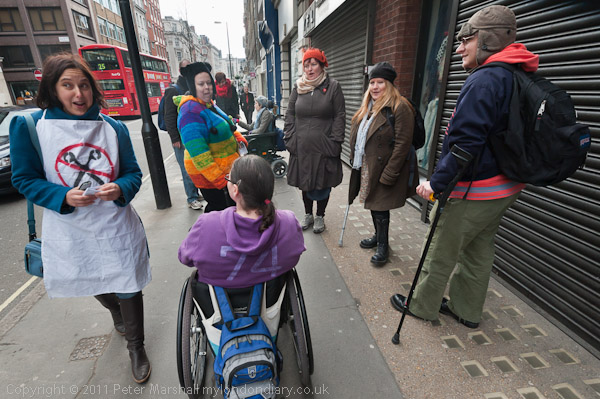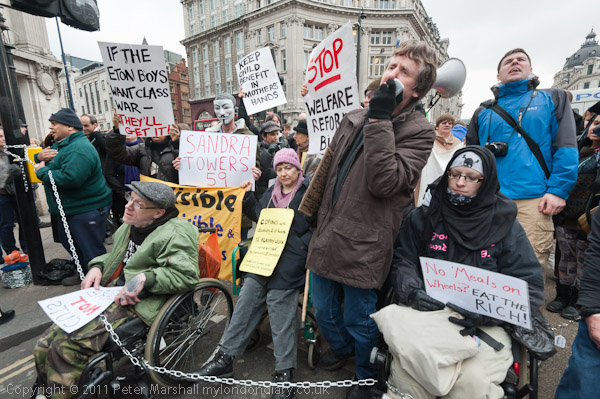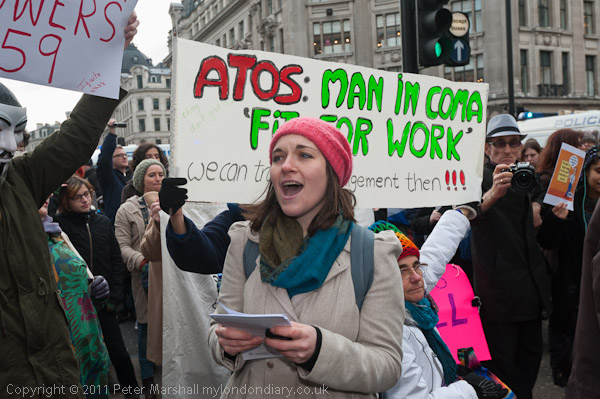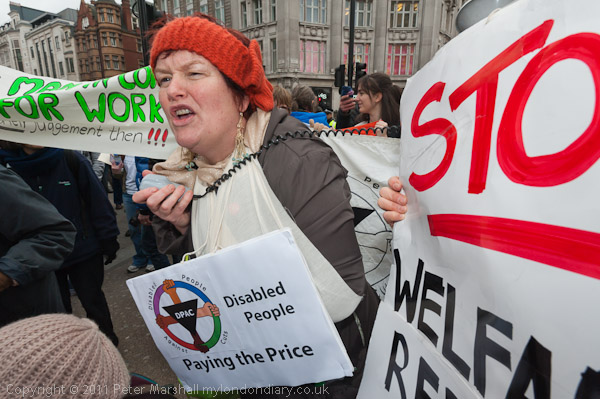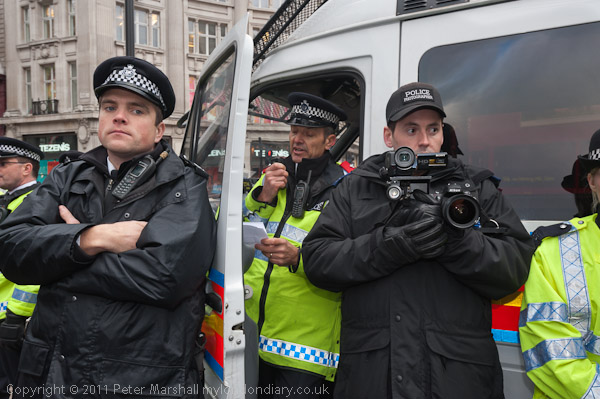I tend to agree with Ctein‘s view on The Online Photographer “that most decent art is capable of speaking for itself. With occasional exceptionsand there are always exceptionsI think that work that cannot be understood in its own vernacular is not successful work.”
And having belonged to a number of informal photographic groups over the years – although none that centred around a “potluck” or my waistline might be rather larger – I certainly think that there are some photographers who talk too much about their own work. But that doesn’t mean I’m against talk, just that if you are going to benefit from such meetings (other than in culinary satisfaction) then you need to come ready to listen and reflect on what other people have to say about your work rather than try to con them into thinking how you do.
And I’ve learnt much (or at least I think I have) from looking carefully and thoughtfully at the work of other people and then attempting to articulate those thoughts. It’s a process of sharing ideas that can be stimulating, and has often been stimulated by the presence of a little alcohol, though too much can lead to trouble.
I’ve also been to many exhibitions where the true work of art has not been the photographs on the wall but the artist’s statement – and some of our fine art photography courses seem to be far more directed to producing these than meaningful and well-crafted images.
But although I’ve never been to San Francisco and visited Andy Pilara‘s Pier 24, a photography museum (entrance free but by reservation only) which displays work without text in the galleries – though there is an exhibition book you can pick up which may give you some basic information, I think that unlike Ctein I would find the experience annoying rather than indescribable.
I felt a little of this at the brief visit I was able to pay to Lise Sarfati‘s exhibition ‘She‘ at London’s Brancolini Grimaldi gallery in Albermarle St (as usual I was in Mayfair to photograph a protest outside the US Embassy.) Although there was what I think is an excellent gallery handout, with information on the photographer and the work – and with San Francisco connections, with the text – written in English rather than Artspeak – was by Sandra S Phillips, Senior Curator of Photography at the San Francisco Museum of Modern Art and some of the pictures were taken in San Francisco, the 27 pictures in ‘She‘ were displayed on an otherwise bare white wall.
Very arty perhaps, but not very practical as I struggled to relate the positions on the wall to the numbers on a plan of the gallery. Because ‘She’ is a work about identity, and all of the 27 images show one of four American women, two sisters and the two daughters of one of them, who often wear wigs or makeup that makes them hard to distinguish, it is important at some stage in viewing (though possibly not initially) to know who it is in the picture. I would certainly have welcomed some small and discreet labels that gave me the information such as ‘Christine #10 Hollywood, CA 2006‘ or at least the numbers of the images rather than having what seemed to me to make it into a kind of parlour game, working out from the position on the wall the number of the picture I was viewing and then turning over the sheet to consult the list to find the caption.
Perhaps if I was the kind of person who, in an otherwise empty gallery, would look at the plan first and then go around it in the sequence indicated by the numbers I would have found it easier. In crowded galleries you really have to stay in line, which is one reason why I tend to avoid the blockbuster art shows; I always like to do things my own way.
But ‘She’ is certainly a show worth visiting, and continues until 17 March 2012. I’ve written about Lise Sarfati before, mainly elsewhere, though I did find the five pictures from ‘She’ on the Brancolini Grimaldi stand one of the highlights of my 2010 trip to Paris Photo. She was one of the three or four Magnum members I remember enthusing about on a lengthy car journey with a person from Magnum in 2005, not long after I had written about her work. You can read a review of the show by Sean O’Hagan in The Guardian, which also has a short video and seven of the images.
So while I often find the words on gallery walls or the photographer’s spiel an annoying distraction, I think that it isn’t because there are word with pictures, but because they are things that don’t help you to confront the images. But there are sometimes words that are necessary, and sometimes those that enhance the experience. Let’s have shows with that kind of texts and not just pictures on blank walls.
